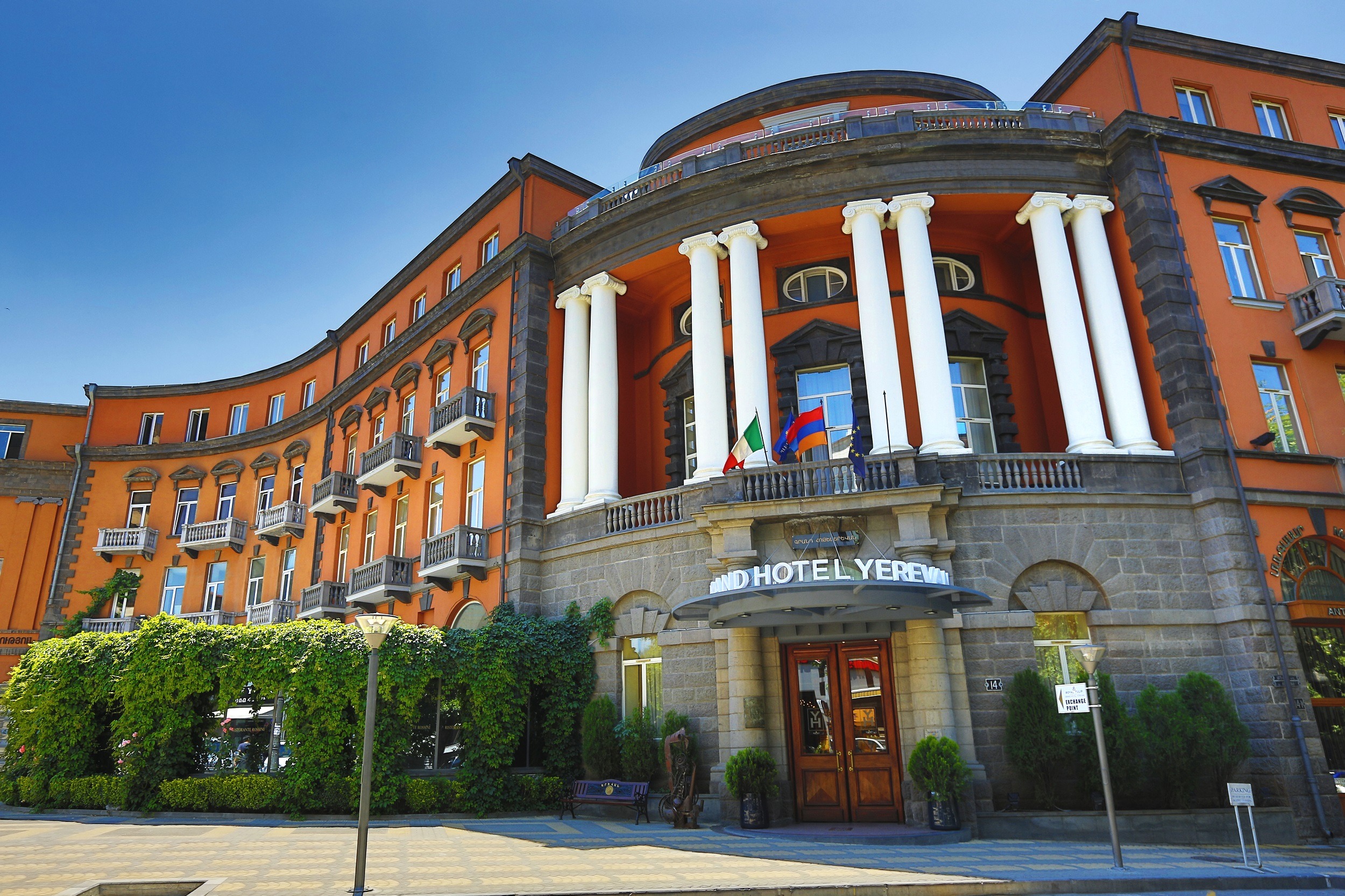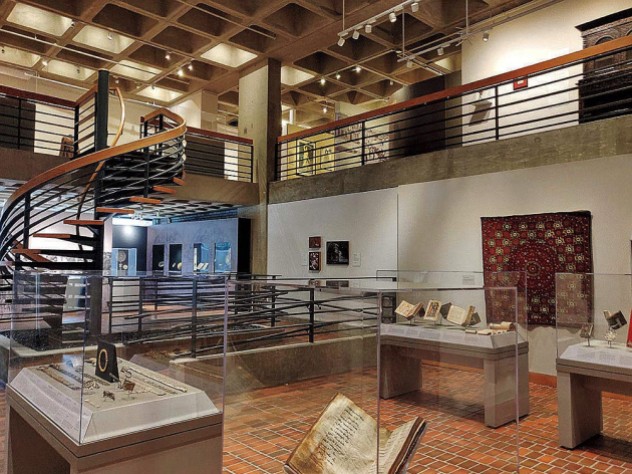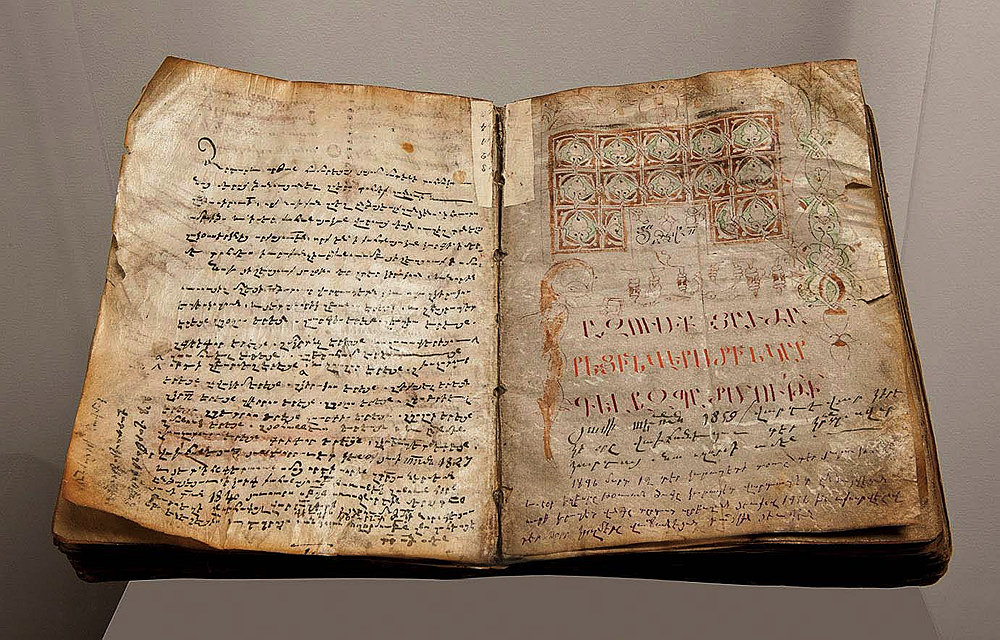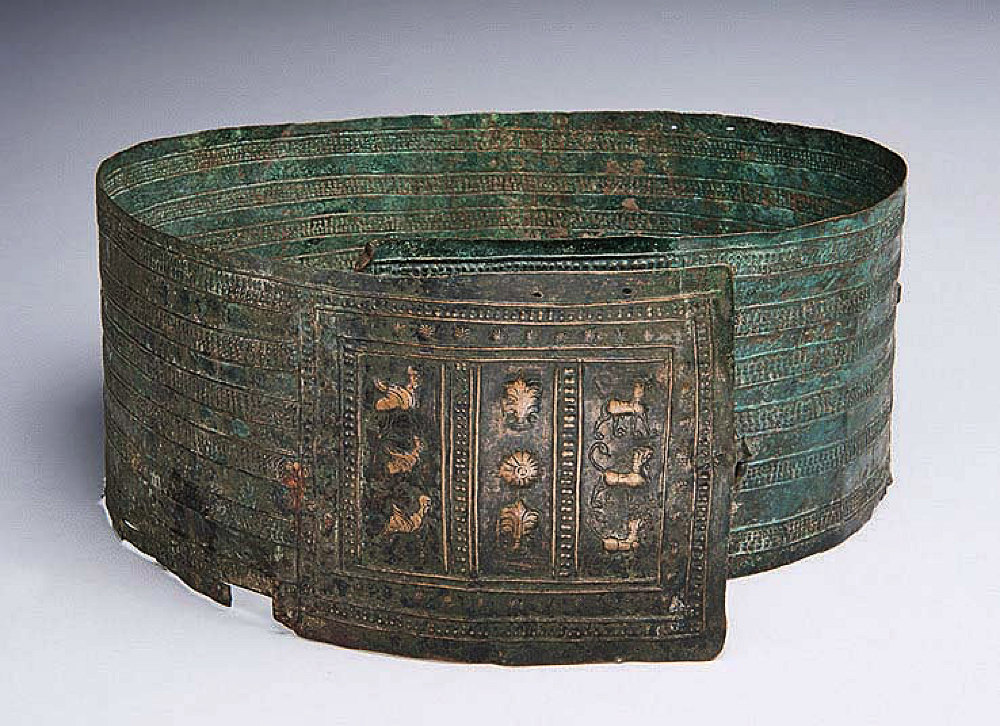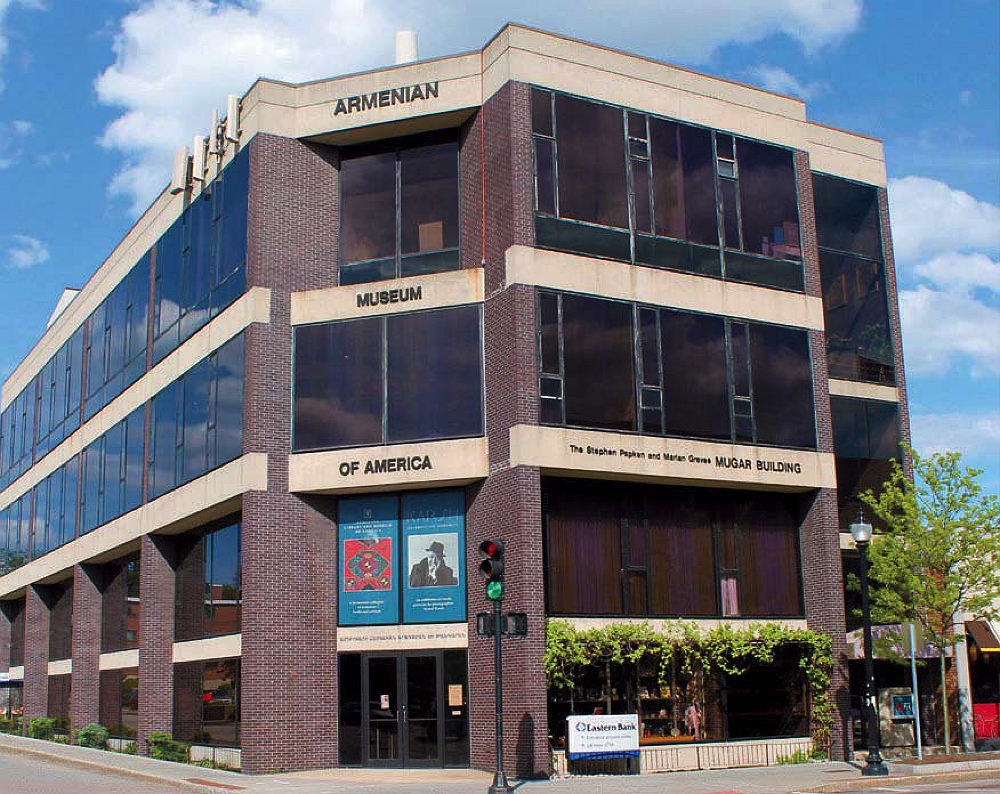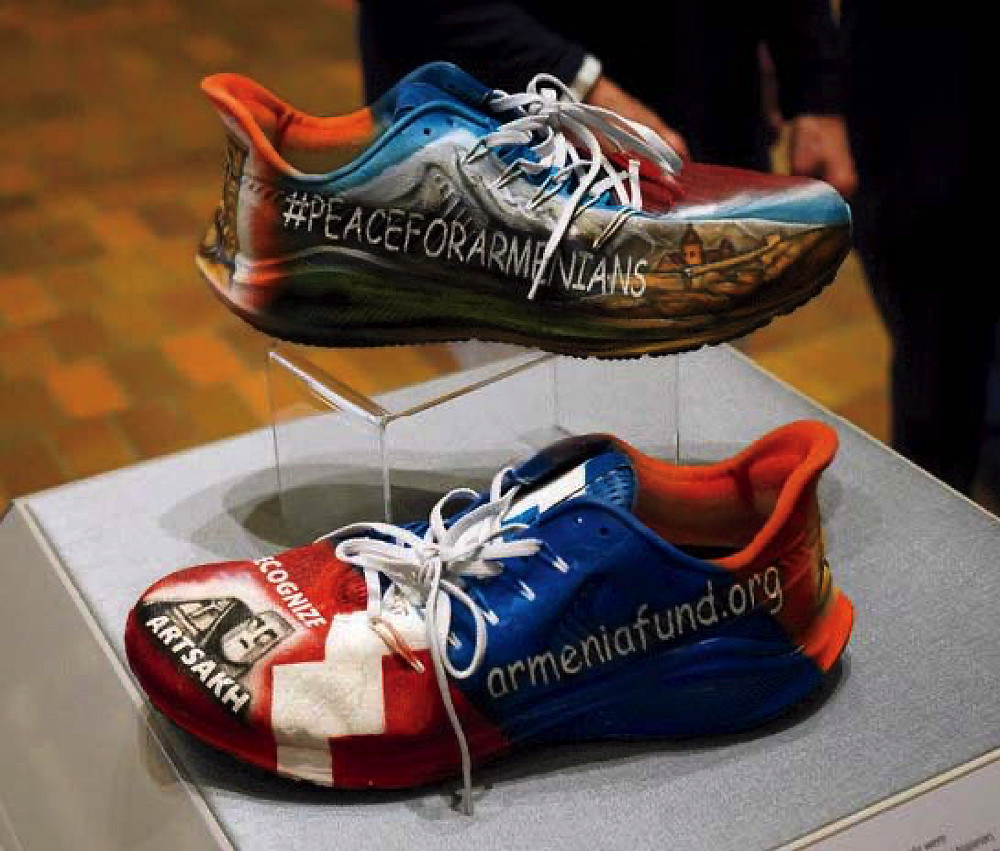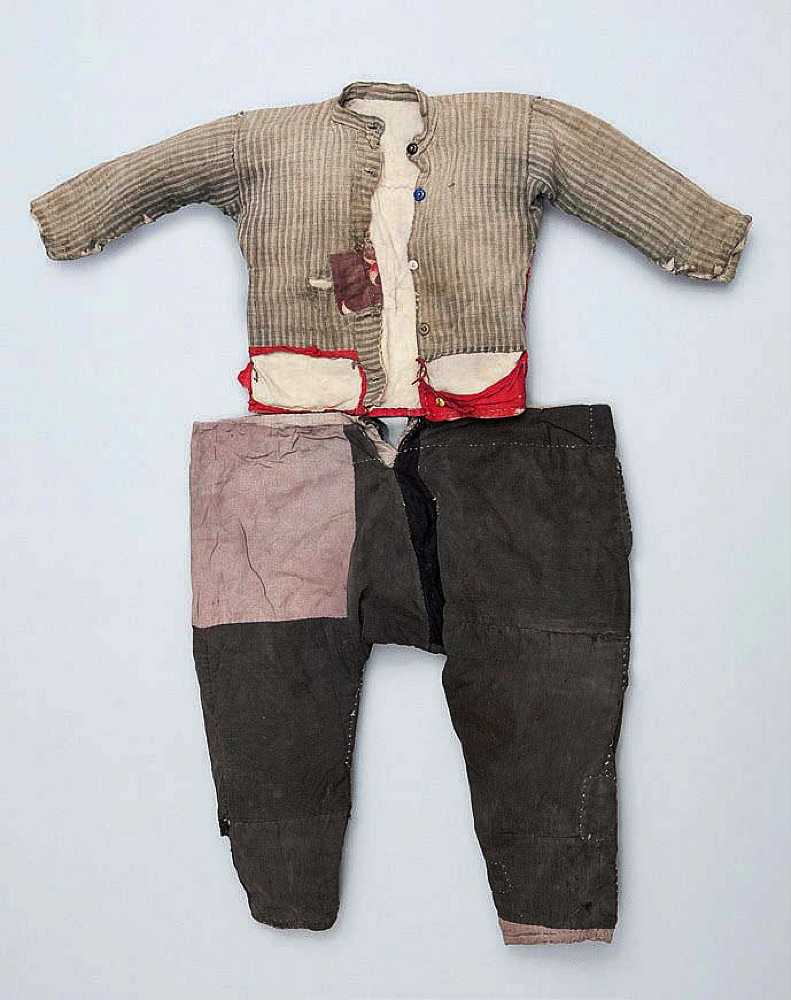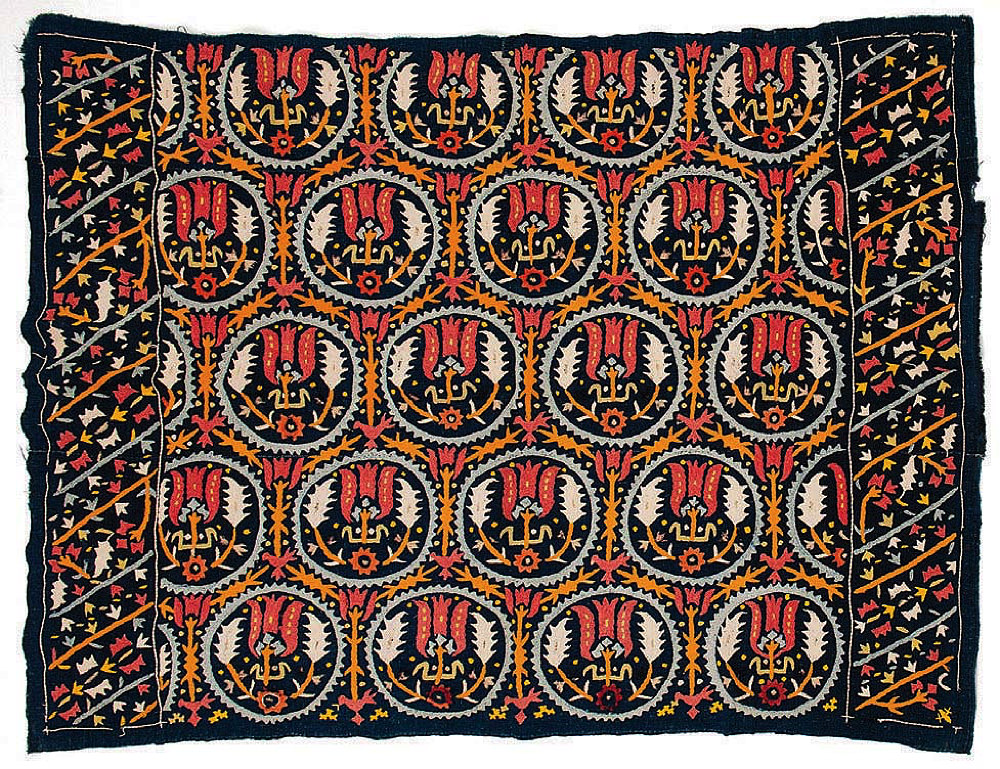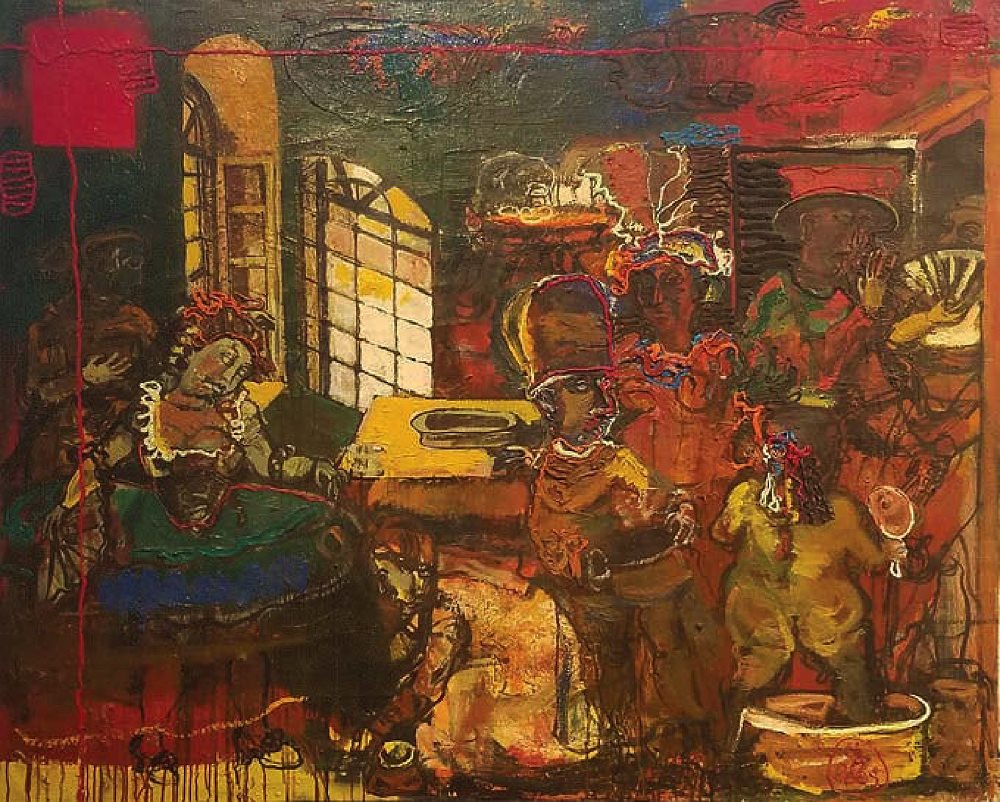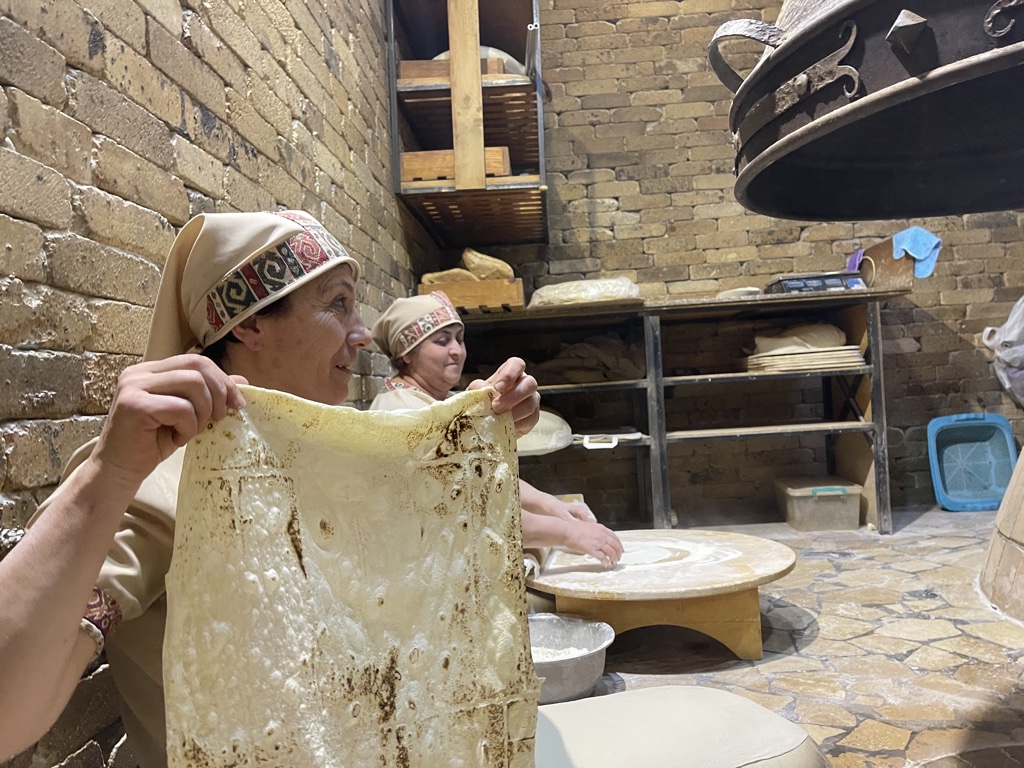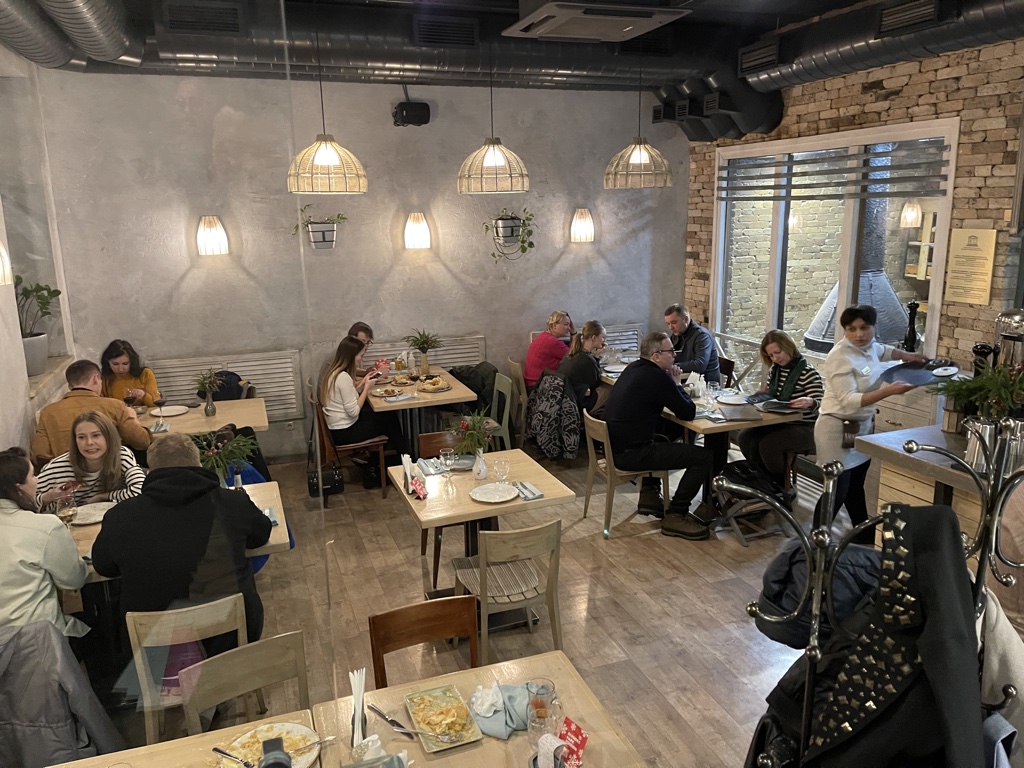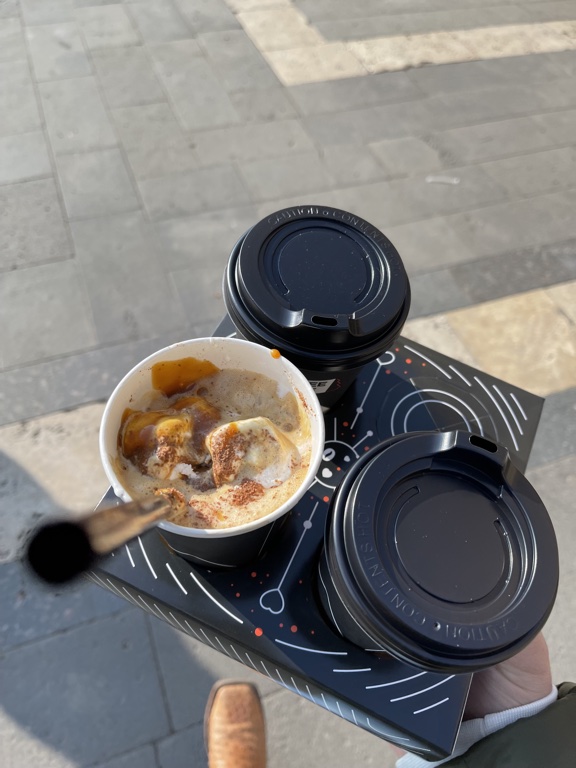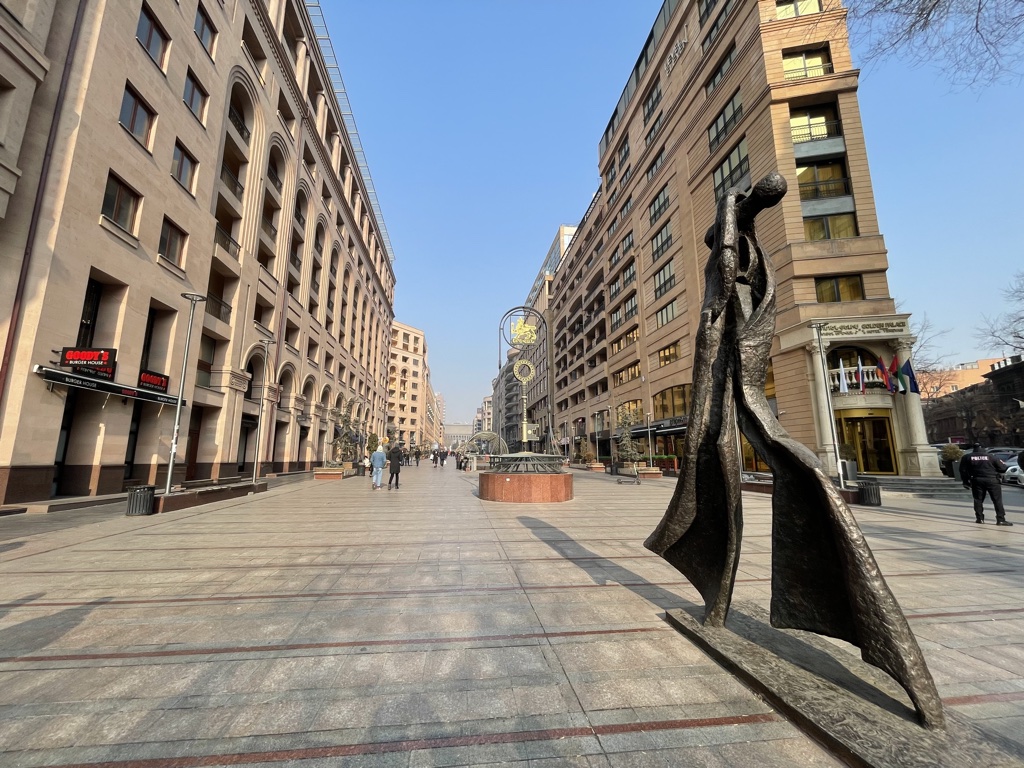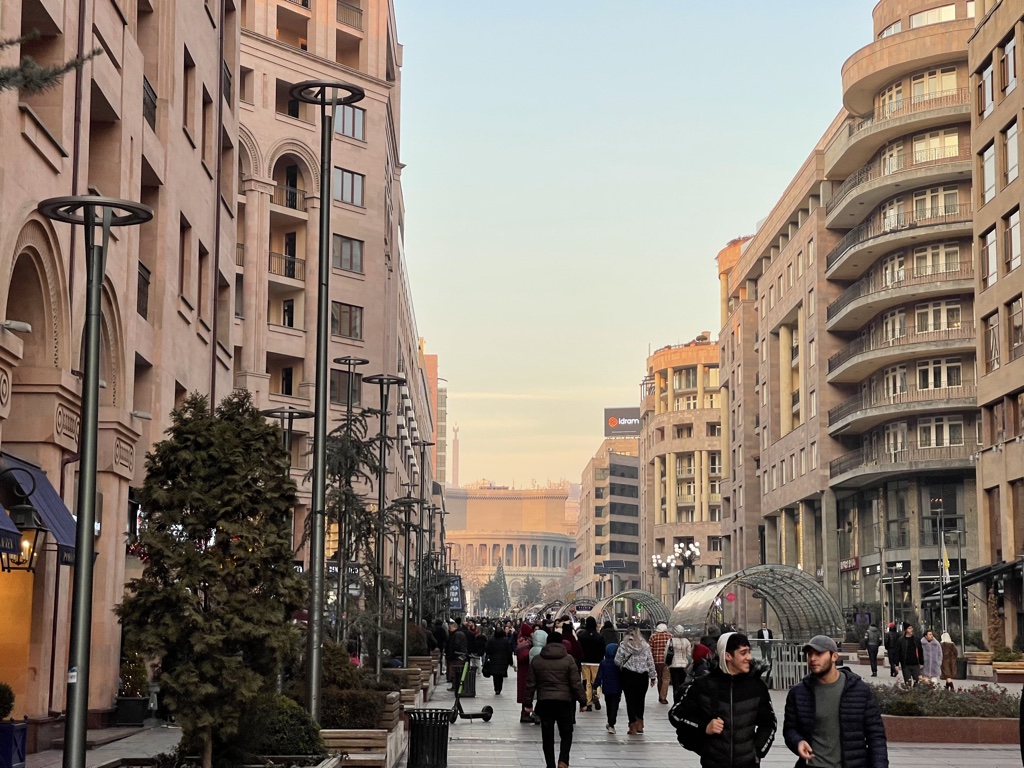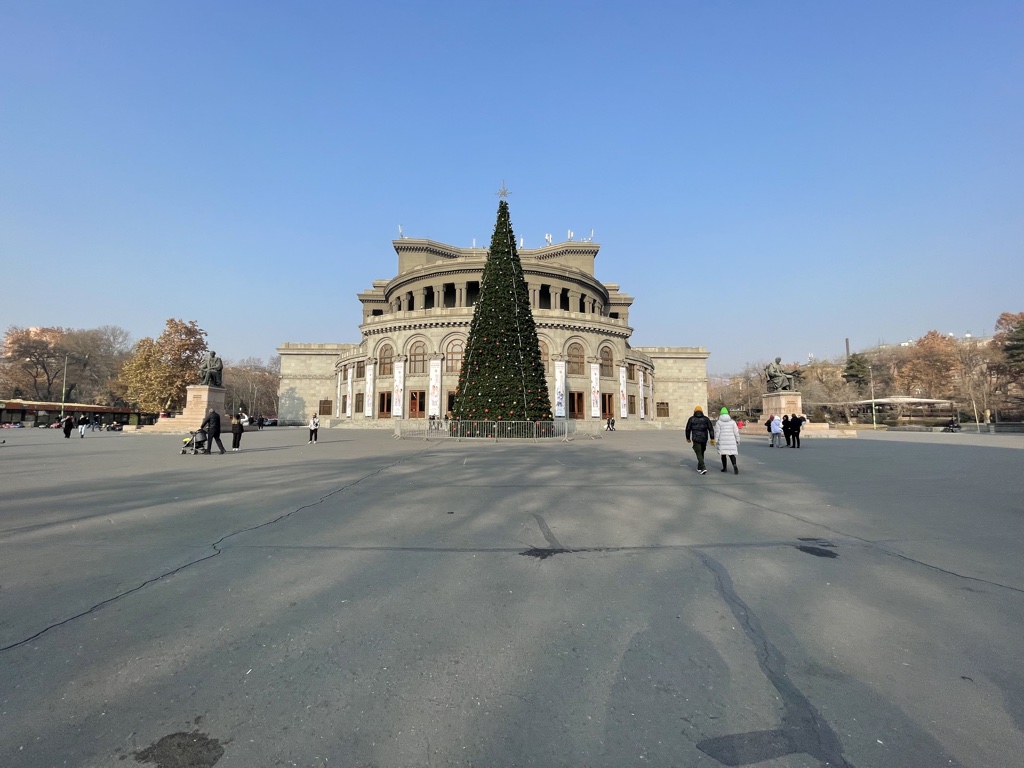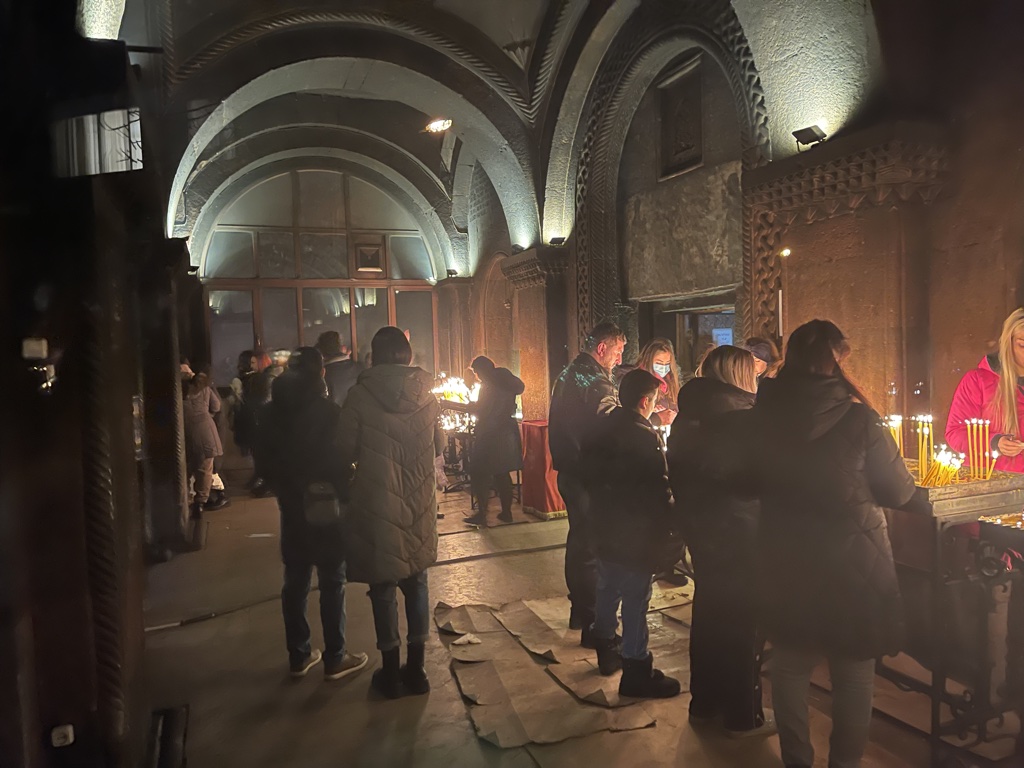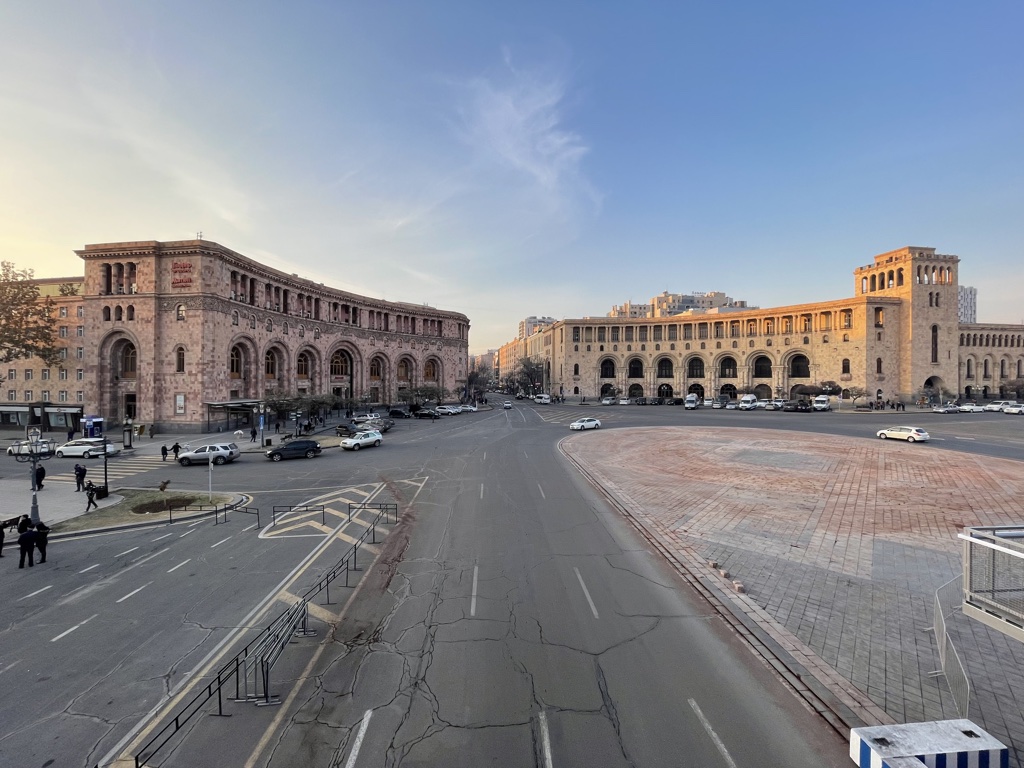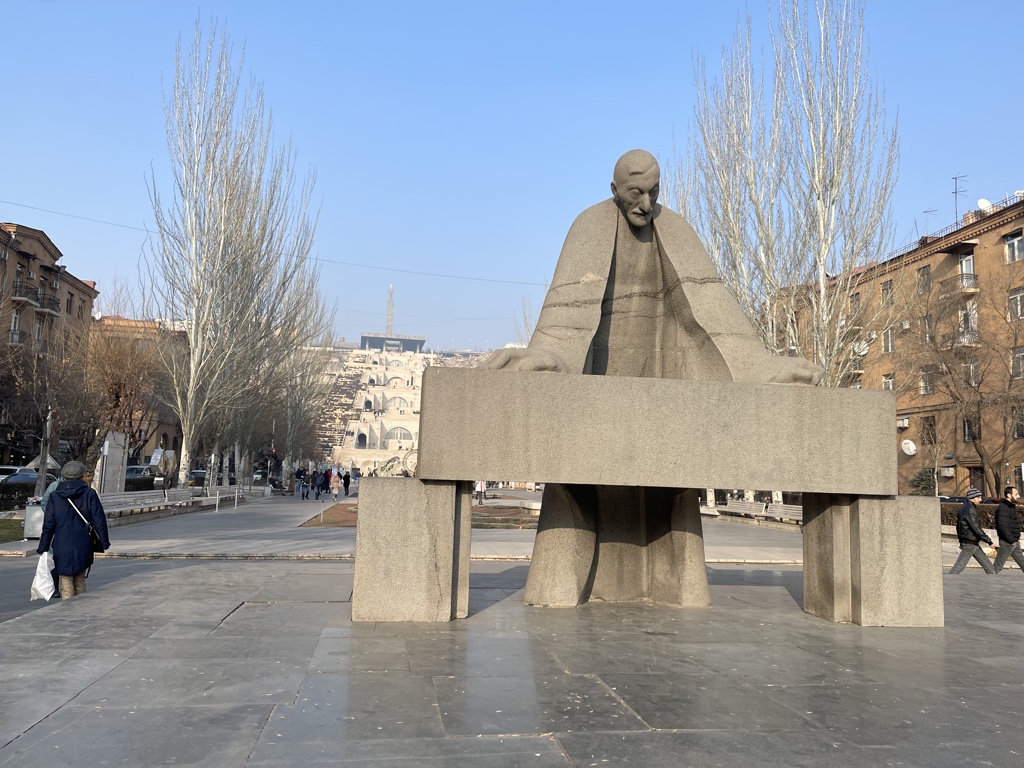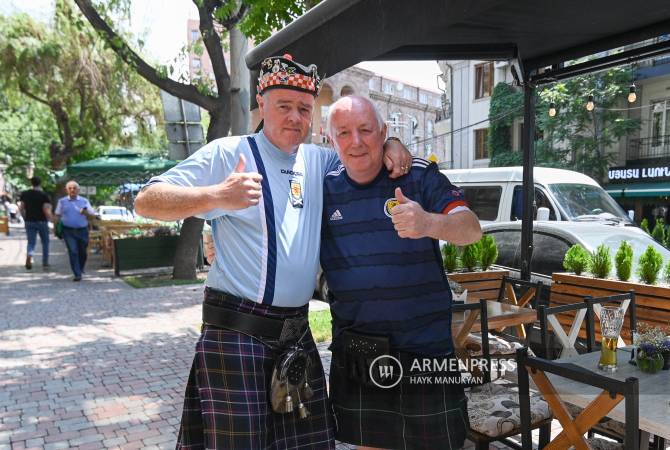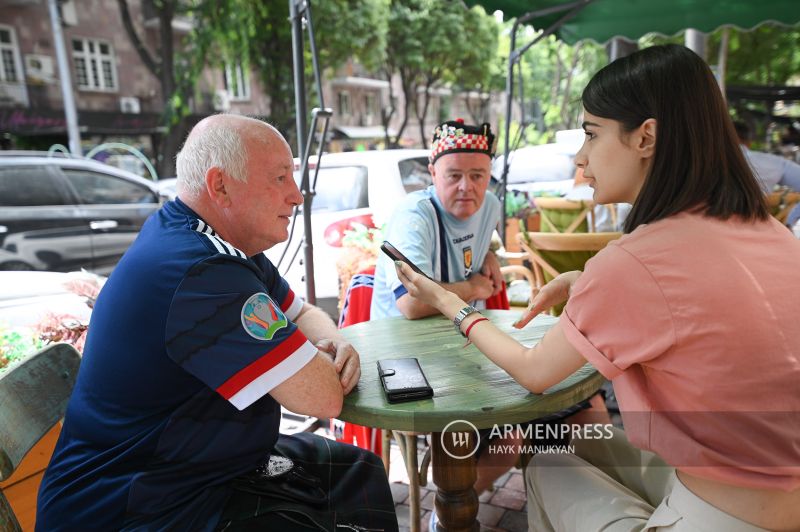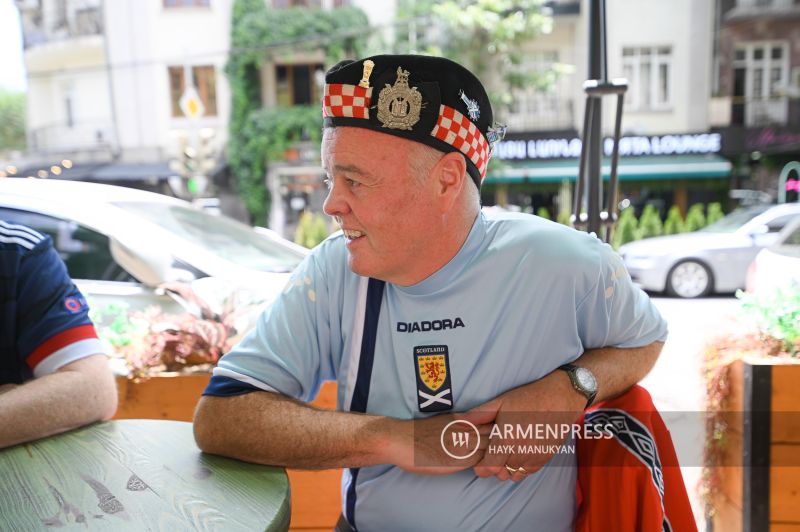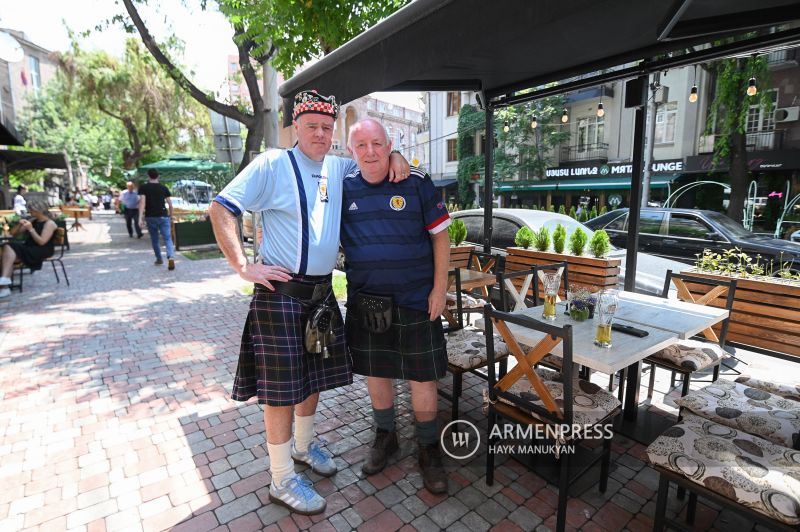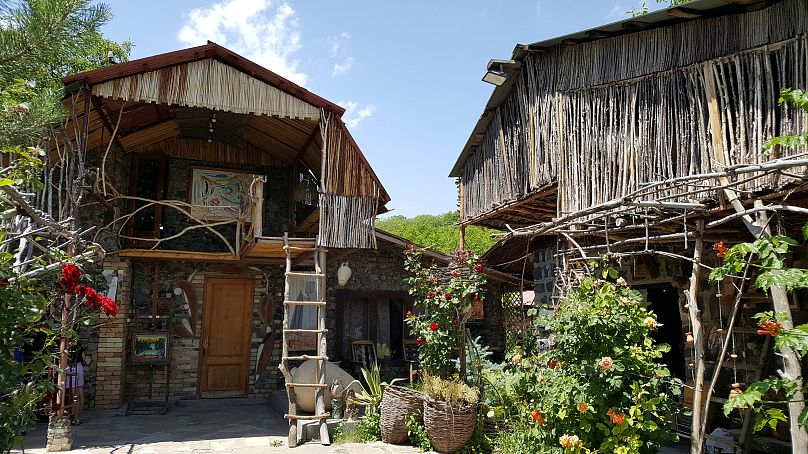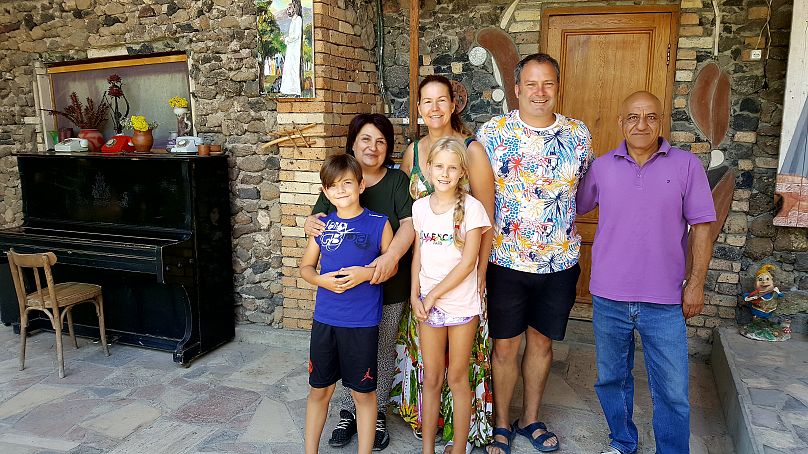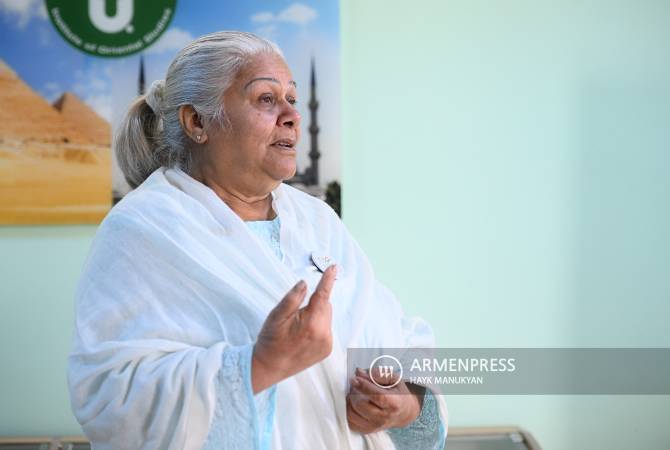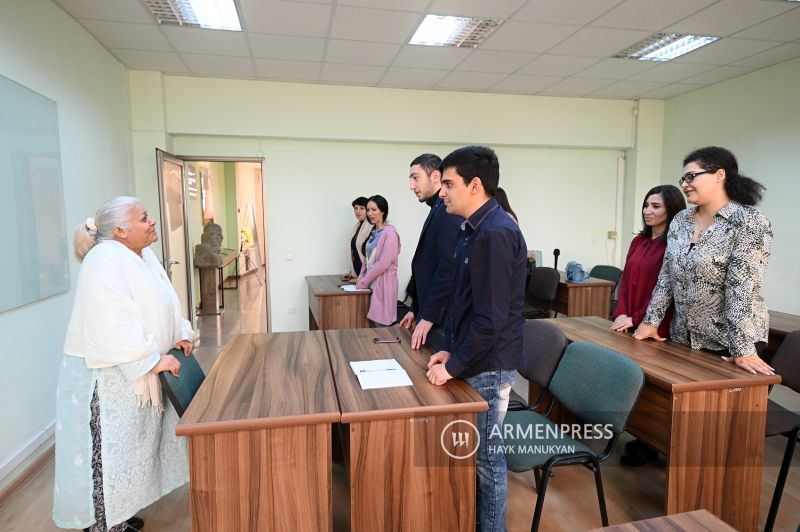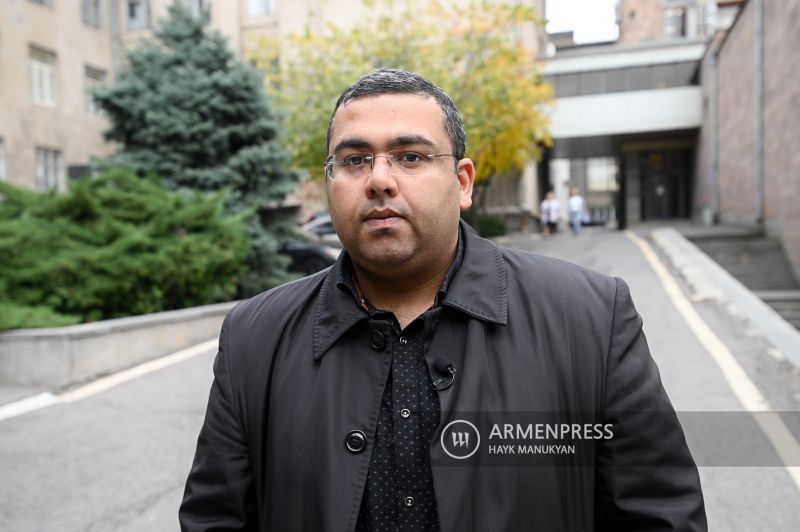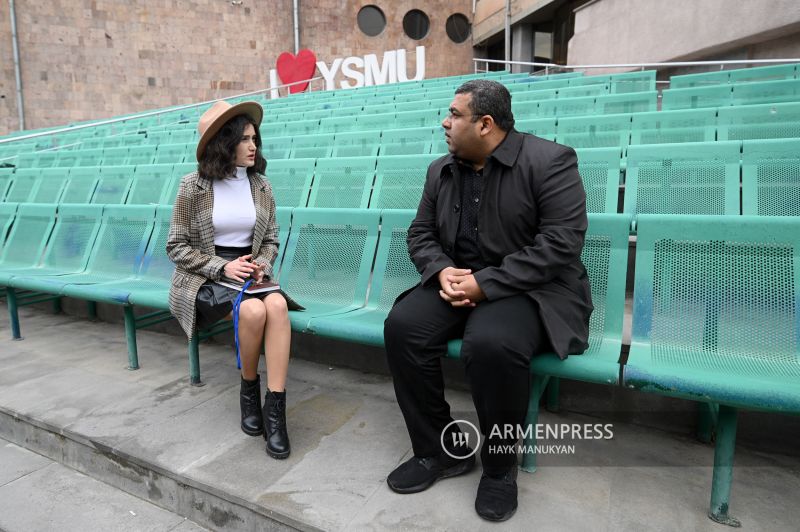Armenpress.am
Armenia is part of me: Italian photographer’s project to present Genocide and its consequences under new light
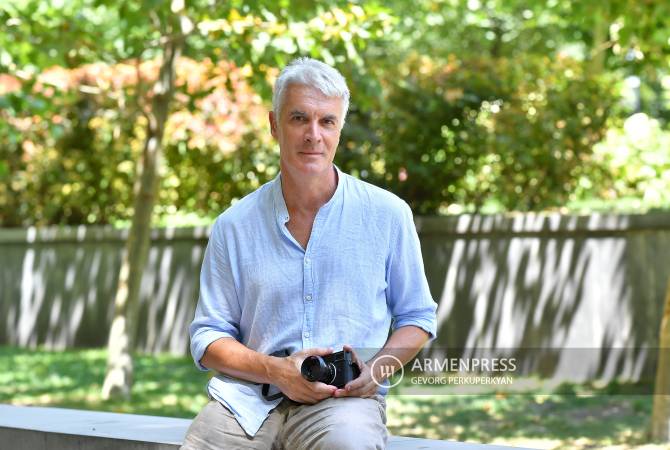 10:18, 10 November 2022
10:18, 10 November 2022
YEREVAN, NOVEMBER 10, ARMENPRESS. Sometimes photos can tell more than ordinary words. Sometimes such depths and previously unknown layers are revealed in the reality presented through photos which people living in that reality often find it difficult to notice.
Italian photographer Jacopo Santini has spent most of his life with a camera in his hand, trying to document people’s stories and show the invisible side of life.
The visit to Lebanon years ago was a turning point for a photographer living and working in Florence, to start a project, which would later become an integral part of his life and daily routine.
Jacopo Santini gave an interview to ARMENPRESS, telling about his project which relates to the impact of the memory of the Armenian Genocide and the consequences of the elimination of that memory on the formation of Armenian and Turkish societies. Filled with infinite love towards Armenia, the photographer shares his impressions and memories from the days he spent in our country, tells about the story of the project’s origin and presents interesting episodes from the project’s implementation process.

How the project started
The official version, the one I most often tell because it is the only one that has survived oblivion, is that something was born in my disordered mind in Beirut, in 2012, where I was for a then failed project on the gradual disappearance of Christian minorities in the Middle East. I was in the old Armenian quarter, Bourj Hammoud, looking at a building with still bullet holes from the very long and bloody war that turned the city into a huge battlefield from 1975 to 1991. Someone - I don't remember who, perhaps Georges, my host - told me that that same building, or another one not far from there, had been one of the orphanages (which later became a shelter) founded by the Near East Relief, an American aid organisation set up with the aim of bringing relief to the survivors and victims (Armenians, Greeks and Assyrians) of persecution or, as in the case I am dealing with, of the genocide planned and carried out under the Ottoman Empire by the Young Turks during (and after) the First World War. In that orphanage, my anonymous interlocutor added, had died some time before my arrival the last of the blind children, orphans contaminated by an eye infection during one of the endless marches to death or salvation they had faced.
I imagined that centenarian survivor spending nearly a century condemned to be unable to dim the terrible memories, the last of a visual nature, that had preceded blindness.
I do not know how to relate this memory to certain events or decisions, but I do know that from then on I began to read as much as I could and to study the history of Metz Yegern, about which I had learned something (very little) at school and (much more) from my father. I re-read “The Forty Days of the MussaDagh” by Franz Werfel, Yves Ternon, Benny Morris, Taner Ackam and many others. I discovered the strange coincidence in the number 301 of the year in which Armenia became, according to tradition, the first Christian nation and of the article in the Turkish Penal Code that still today sanctions with imprisonment anyone who offends Turkish identity or its institutional representatives, an article often used to discourage those who wish to address this removed and deeply identity-based part of Turkish history. I found myself with a ready-made title and thematic direction when in the summer of 2018 I sent in my application for a lecturer's fellowship announced by SACI, a US art academy I was teaching for at the time. I got it and it all began.
Armenia and Turkey are the focus of the project
It has taken me a bit everywhere. The base has always been Yerevan, which is in itself the mirror of many aspects of present-day Armenia, of a tormented past of a lively present in search of a difficult balance between dependence (political, military and economic) on the Russian Federation and attraction towards a Europe that has betrayed Armenian trust and hopes many times.
It must be premised that the project concerns both Armenia and Turkey, since the aim is to recount how the memory of the genocide and its removal determined the identity of the two countries. One of the first choices - consistent, I think, with the sense of the project - was to explore the borders, however unapproachable, between Armenia and its hostile neighbours, Turkey and Azerbaijan. Gyümri - and its twin city Kars in Turkish territory, with Ani, the ancient Bagratid capital condemned to exile in a land that denies its Armenian origin (no panel in Ani reminds us, despite historical and architectural evidence, that this once powerful city was once the capital of an Armenian kingdom) were among the first destinations. I attempted to observe that border from opposite points of view by stitching together the ontologically fragmented images with text in the final version of the project. Gyümri, formerly Alexandrapol, is known as the city of orphans. There I visited with the help of Antonio Montalto, honorary consul of Italy and a person of great generosity, and the former director of the Genocide Museum, the Kazachi post, once used as a reception centre and orphanage for children who survived the death marches and Islamization.
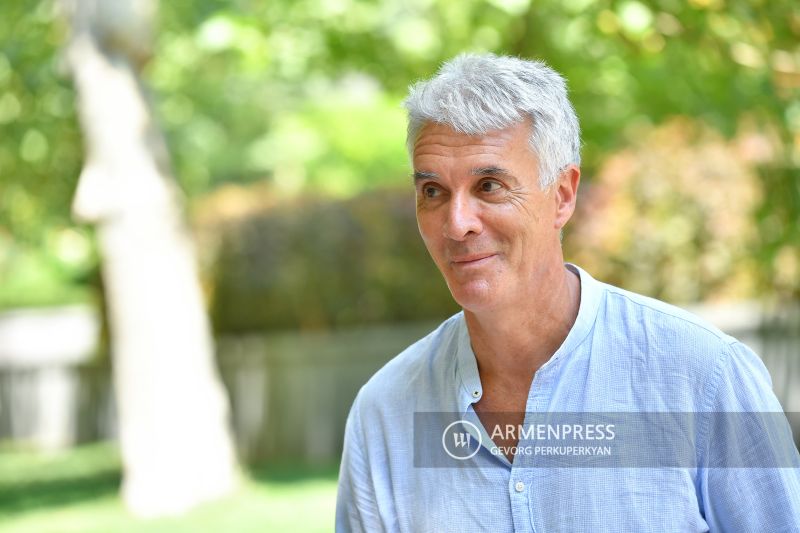
Thanks to the support of COAF, an NGO very active in the field of education in disadvantaged areas of Armenia, I photographed several times in the Lori region, going as far as Aragats where I felt it was consistent with the theme to tell the story of the Yezida community, testifying to how the Armenians, a people suffering persecution, were able to learn from history and offer refuge to a minority at risk of genocide in Syria and Iraq. In Syunik, based in Goris and with the logistical support of the Fond Armenien de France, I travelled along the insecure and flexible border lines with Azerbaijan, documenting some villages along the border and talking to their inhabitants, activists and volunteers, young people and veterans. I have always been, above all, a photographer of people. Nothing is as inescapable and rich as observing the face of a human being.
I always seek refuge in etymology when something is unclear to me and I remember that the term 'face', 'face' in English, comes from the Latin 'facies' among whose meanings survives that of the façade or page of a book. The face is also the page on which life is written, and I will never forget that of Surik, a former volunteer in the first Nagorno Karabakh war, who in a gorge just below the current border with Azerbaijan, a few kilometres from Goris, has created a sort of strange paradise, surrounded by high mountain walls, the centre of which is a small pond made available to the boys of the nearby village and the border soldiers, which is apparently cut exactly in half by the border line. Armenia is truly a land of surreal beauty and offers hope in places that would seem to lack it most.
In 2019, I was in Artsakh. A few days, very intense, also thanks to the help of a guide who became a friend, Emma, who was very young at the time. I think with sorrow that parts of that land, which for me is Armenian, seen and photographed, are now lost and perhaps irretrievable. With even greater sadness I think of the victims, of those who believed in the solidarity of Europe and were betrayed by it, of the very fragile truce that cannot illude those who have decided to stay. I fear the future. I have tried to return, but in vain. Apparently, it is not even enough to be Armenian to have access.
I do not forget the Tavush, the tortuous border with Azerbaijan that exposes its inhabitants to shelling, to sniper fire from the hills. I remember and will return to Koti, to Aygheropit where I photographed in an autumn of unimaginable colours, the sadness of a primary school with its windows bricked up to protect the children and teachers from Azerbaijani fire.
Implementation of Turkish part of the project was not easy
Due to the coronavirus pandemic, I had to suspend my travels and work on the editing of the images, the text, which is still a chaotic work in progress, seeking support and ideas, especially for the 'Turkish' part of the project. As you can easily imagine, photographing, with a purpose like mine, in Turkey and particularly in the regions (Western Armenia or Anatolia) where the genocide took place, is not easy. It is not possible to feel comfortable dealing with a subject whose mention in that very land is forbidden and sanctioned by an article in the penal code, Article 301, which gives my project its title. Yet, even in Turkey, in Turkish Kurdistan as in Istanbul, I found people - and not all of them of Armenian origin - willing to collaborate.
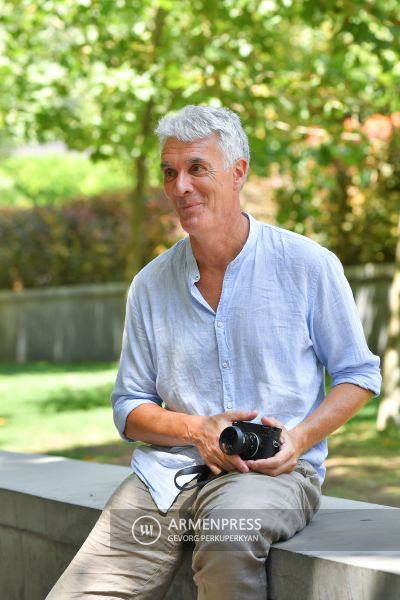
Exhibitions in Italy
The project was exhibited four times in Italy. In Venice, Florence and in Lombardy. It was presented at the University of Venice, Ca' Foscari, and I talked about it (and will talk about it) at a lecture at the University of Florence. Many people attended and I realized, talking about it, that the subject was new or at least partially obscure to many. While many know and can date the genocide, most are unaware of Armenia's current situation in all its complexity. I have noticed a lot of curiosity about the country's current culture and fate, its ties to the European ecumene. I would like such curiosity - which once you have visited the country, often becomes passion - to be mirrored by a different, less cynical political attitude.
When I will finalize the project is difficult to answer. I wish I had no deadlines, but I have set myself a deadline of 2023. At least two trips to Turkey await me, in the spring and summer of 2023, and - I hope - another to Armenia, where in any case and regardless of a project that is destined never to end, I will return. This country is part of me, deeply. And I feel part of it. When I know it is in trouble my first thought is 'to be there'.
Indelible memories from Armenia and Artsakh
I have been to Armenia six times, the penultimate time I stayed for a month. I should write a book, just to give a partial answer to this question. Armenia is ancient and has a history of very high culture, deep roots and, in its people, a resilience over the centuries to geographical, political and strategic obstacles that is hard to find elsewhere. You are not spoiled, that is for sure, because you have to deal, on a daily basis, with real dilemmas, capable of immediate consequences. What has always struck me, at least in my interlocutors of different backgrounds and origins, is the ability to hope despite everything, the never complaining industriousness, the ability to put aside the very human inclination to complain in order to build something. There is so much beauty here and as rarely elsewhere. Here I have perceived the relationship between beauty and fragility. I sometimes think of how Cesare Brandi, the great Italian art historian, spoke of Armenian churches, 'the crystal churches'. It is a metaphor that could fit the condition of this country.
I experienced unforgettable moments: I remember one day in Artsakh, a long ride along a road not far from the border. We stopped in a small village (Nor Maragha, I think) and spent most of the day in a tiny roadside grocery with some women; I listened in amazement as one of them sang to me in an adolescent voice, accepted the invitation of another for lunch, Svetlana, and listened to her story with my fingers black with mulberry jam and on my lips the deep red wine of the area. I remember Surik papik in his enchanted gorge outside Goris, Aram the volunteer from the Fond Armenien de France of whom I know nothing more, Misha from Yezida village looking at Aragats and smiling under his moustache, and above all the Soldier's Home in Yerevan, the director, a surgeon, and her steady gaze, her words devoid of the slightest rhetoric, her patients, very young boys returning from the October 2020 conflict, often with very serious injuries. I still well remember Leon, nineteen years old, a passion for writing and sculpture. He had come in with his body full of shrapnel. He would come out of the clinic a few days after our meeting.
I remember Anna, the widow of a young doctor who left as a volunteer in October 2021, her grace and tenderness with her two small children and her truly regal ability not to impose her pain on them. I will not forget her. I will not forget anything. I will not forget anyone. I think that's why I photograph.
Araks Kasyan
https://armenpress.a...raTlzq9tx45aZ6o
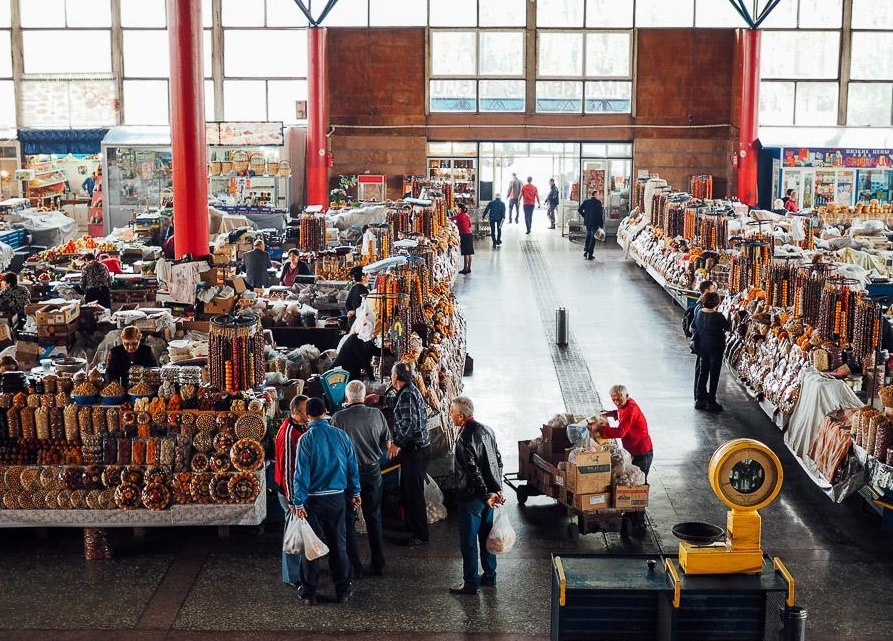
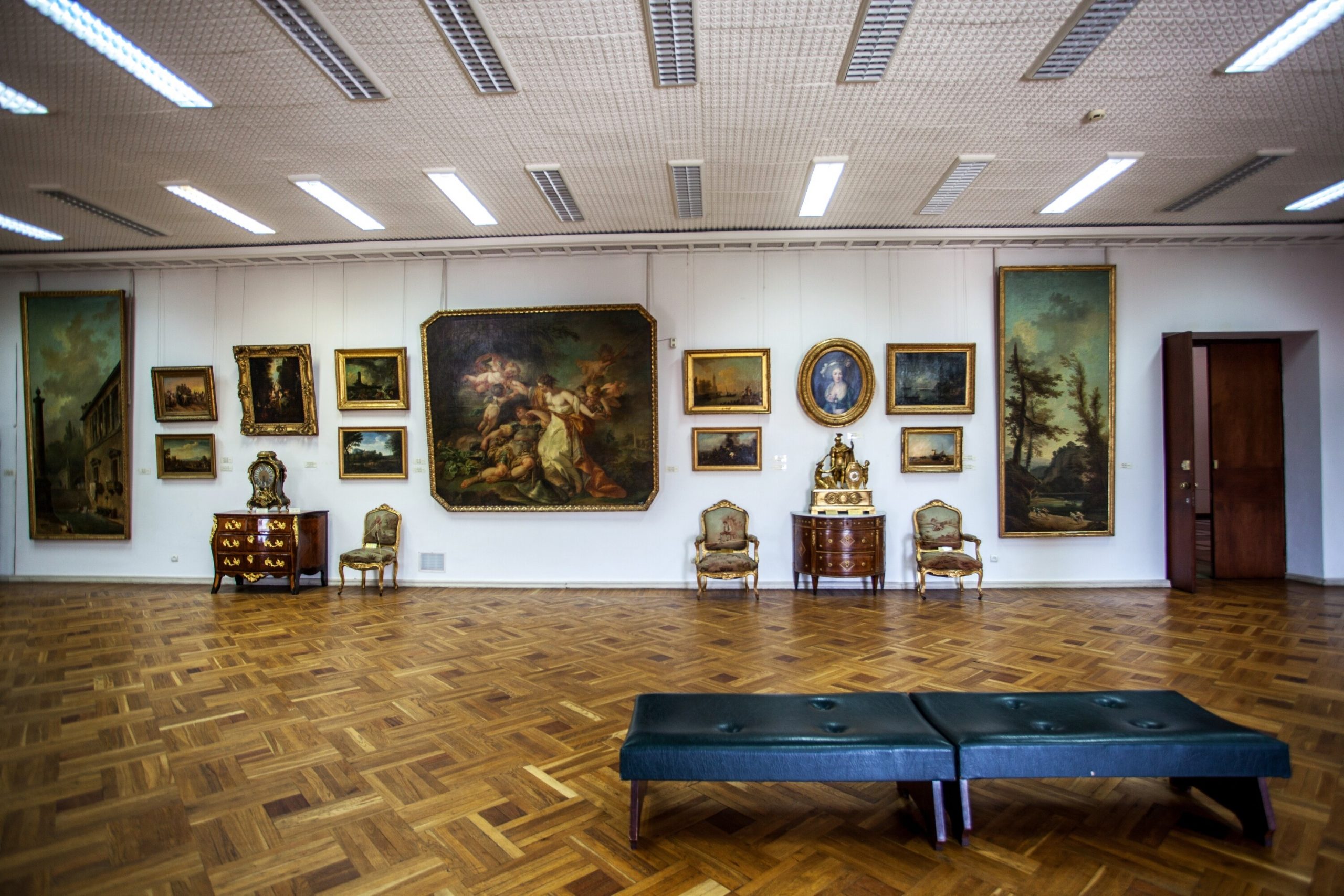
 I would typically give you a few options for hotels, but it would do you a disservice. I’ve been to Armenia before and stayed at fine establishments, but nothing can compare to the Grand Hotel Yerevan.
I would typically give you a few options for hotels, but it would do you a disservice. I’ve been to Armenia before and stayed at fine establishments, but nothing can compare to the Grand Hotel Yerevan. Grand Hotel Yerevan is an elegant and refined hotel with a long and storied history. Its excellent location, within a short walking distance from Yerevan’s central Republic Square, makes it possible to fully enjoy the city and reach all the main attractions of the capital. The spacious and comfortable rooms, the inner yard bar, the rooftop pool with panoramic view, and the spa create a luxurious experience with relaxing accommodations.
Grand Hotel Yerevan is an elegant and refined hotel with a long and storied history. Its excellent location, within a short walking distance from Yerevan’s central Republic Square, makes it possible to fully enjoy the city and reach all the main attractions of the capital. The spacious and comfortable rooms, the inner yard bar, the rooftop pool with panoramic view, and the spa create a luxurious experience with relaxing accommodations. The “smorgasbord” breakfast in the Nairi by Grand Hotel Yerevan offers a wide range of sweet and salty dishes. Fine cocktails are accompanied by live music in the Winter Garden Bar, which is open 24/7. So, prepare yourself to enjoy their excellent service, high-quality food, and fresh design.
The “smorgasbord” breakfast in the Nairi by Grand Hotel Yerevan offers a wide range of sweet and salty dishes. Fine cocktails are accompanied by live music in the Winter Garden Bar, which is open 24/7. So, prepare yourself to enjoy their excellent service, high-quality food, and fresh design.